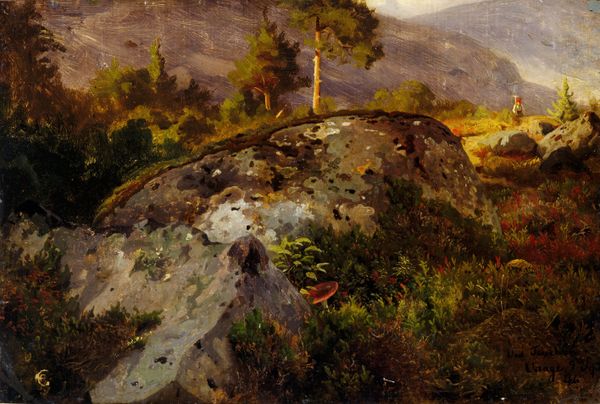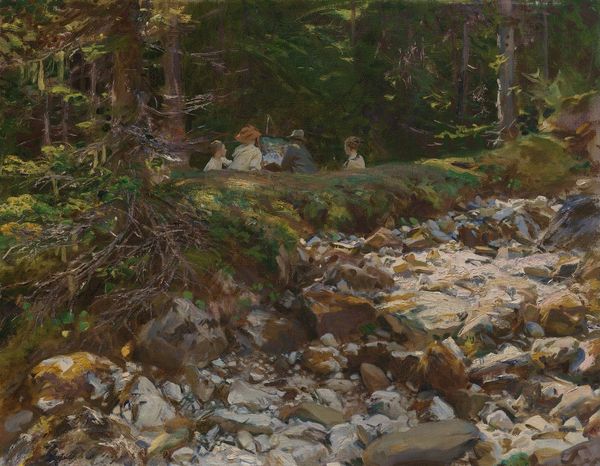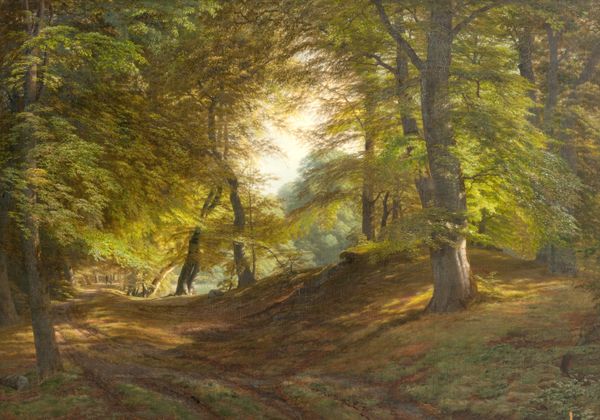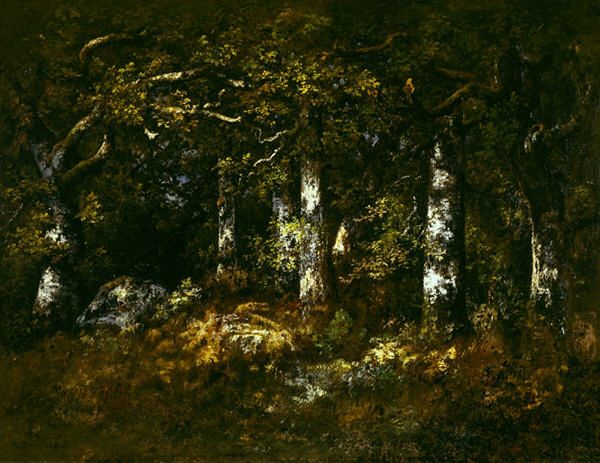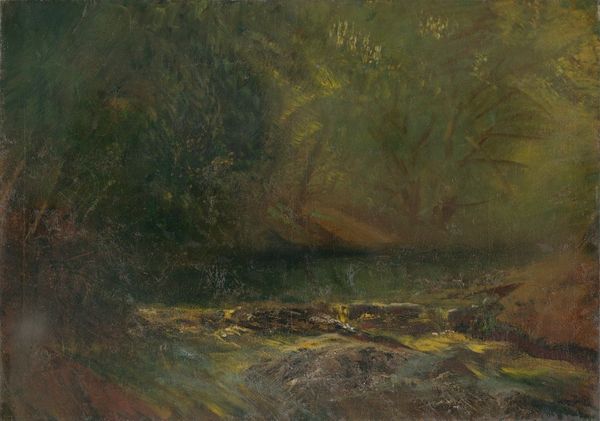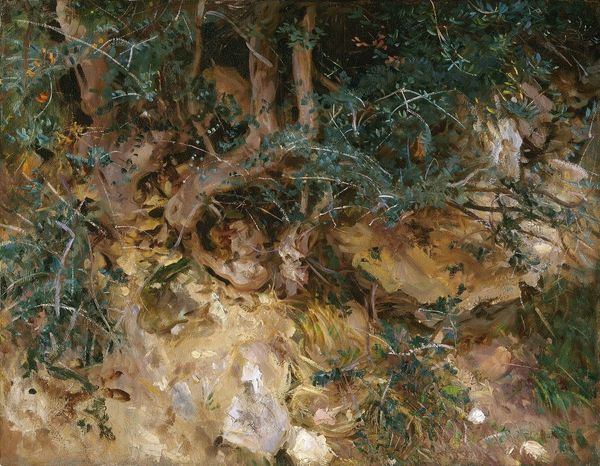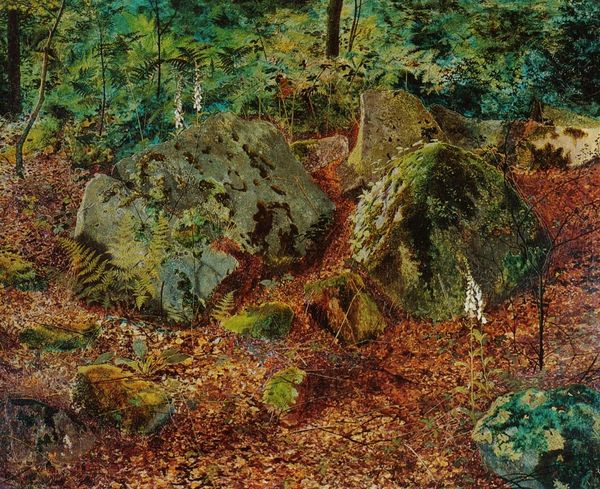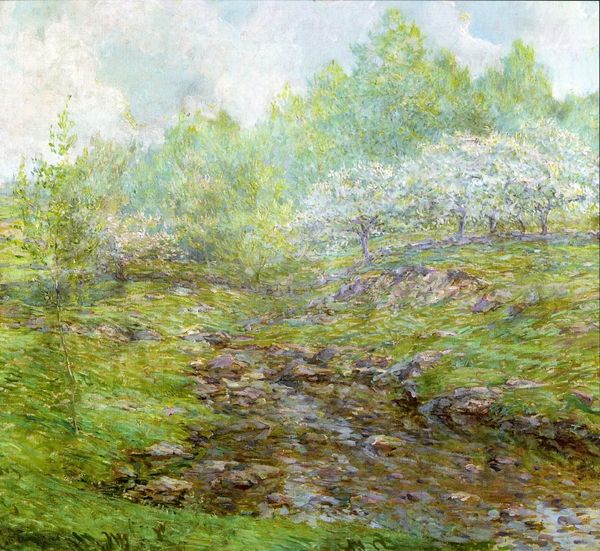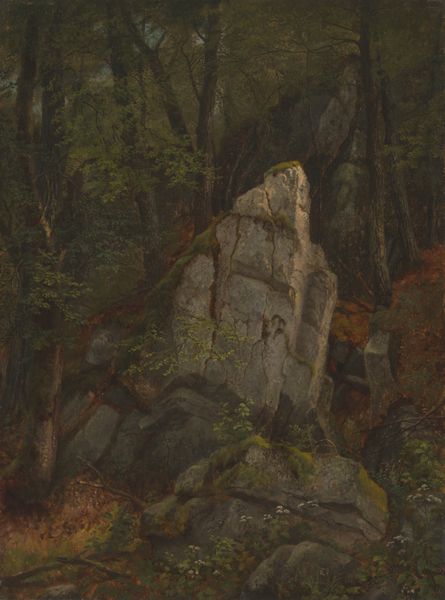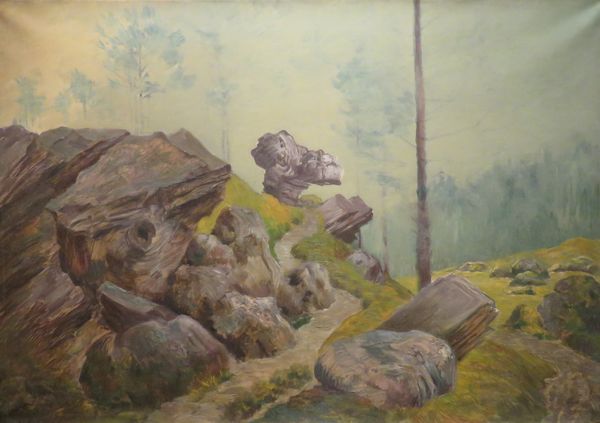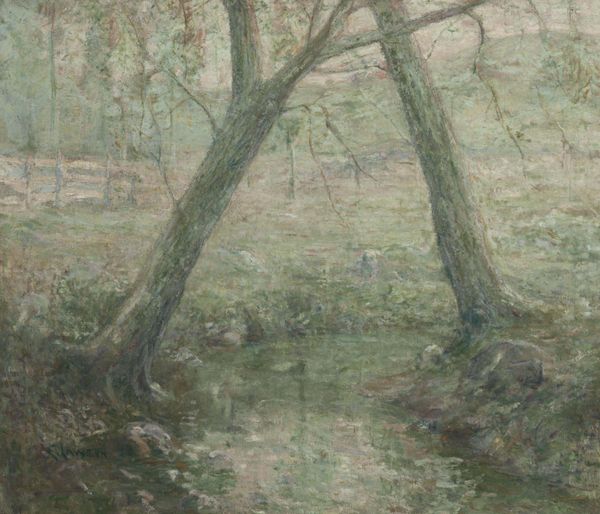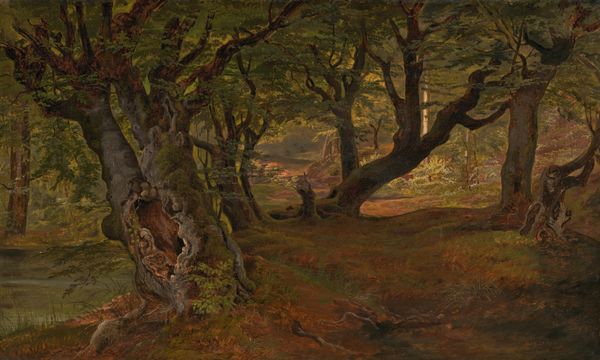
Dimensions: support:1504 x 2005 mm
Copyright: © Simon Ling | CC-BY-NC-ND 4.0 DEED, Photo: Tate
Editor: Here we have Simon Ling’s large-scale, undated, and untitled painting. I’m struck by its earthy tones and rough texture. What elements of composition and materiality stand out to you? Curator: The painting presents a fascinating interplay of textures and forms. Note how Ling uses impasto to build up the surface, creating a tangible sense of depth. The composition, while seemingly disordered, is carefully constructed to guide the eye. Editor: How does that visual structure affect our understanding? Curator: The juxtaposition of the organic—the grass and moss—against the geometric blocks generates a tension. Consider the artist's intentional use of light and shadow. How do they shape our perception of space within the work? Editor: I see it now, the light really accentuates the textures. Thanks! Curator: Indeed. Reflecting on Ling's use of materiality and structure illuminates a profound dialogue about the relationship between nature and constructed forms.
Comments
Join the conversation
Join millions of artists and users on Artera today and experience the ultimate creative platform.
tate 3 months ago
⋮
Untitled 2010 is one of a series of paintings begun in 2010 made outside in the Herefordshire countryside. It features a close-up view of a group of concrete foundations, extracted from the earth and overgrown with patches of moss and grass. The peculiar crop and downward angle of the composition confuses the sense of scale, equipping the foundations with a monumental quality. The work is loosely painted and the individual brush-marks are intentionally discernible, making the interplay between the represented image and the physical accrual of paint on canvas more apparent. A bright yellow patch of lichen in the centre of the composition appears to have been applied directly from the tube and blades of grass in the foreground are indicated through single gestural strokes. Ling consistently depicts ‘non-places’ in his outdoor works in order to slow down the viewer’s recognition of the subject. A series of paintings made at London Zoo – a highly artificial environment fashioned to mimic nature – focused on patches of vegetation in hidden corners, the points at which the man-made and the natural intersect. Untitled 2010 presents a similar sort of artificial nature: man-made structures overgrown and reclaimed by plant life. Ling draws out the anthropomorphic qualities of the chunks of concrete, nestled together like a family group. In choosing to paint the same subjects repeatedly, Ling highlights the ‘elastic nature of the perceptual process’, whereby the means used to represent the subject remains the element that is ‘alive and mobile’ (Simon Ling in conversation with Tate curator Lizzie Carey-Thomas, 26 April 2011).
